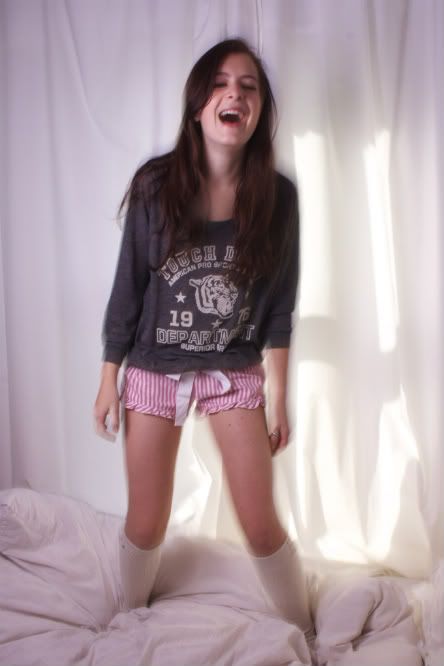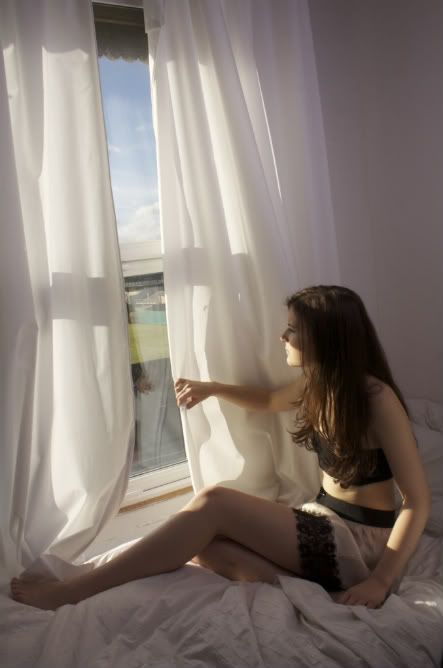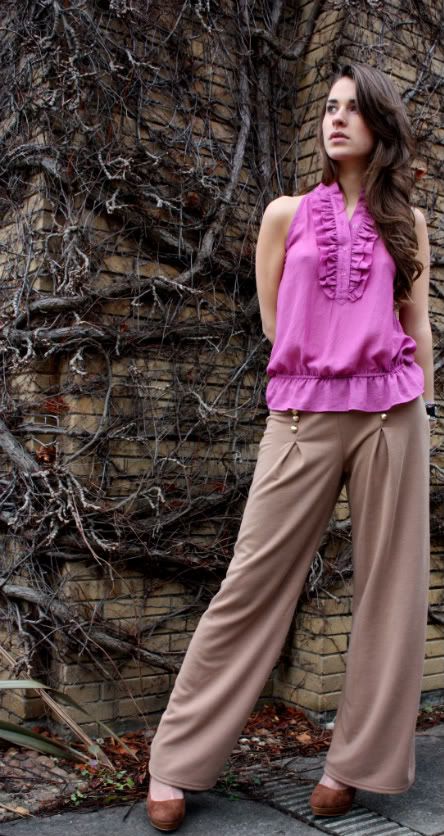Ever since the hosting of the inaugural IBSA World Blind Football Championship back in 1998, blind football has slowly been growing in scale and stature on both a national and international level. Whilst it is a far cry from modern stadia, extensive television coverage and colourful sonic backdrops, being a game played in absolute silence, it’s a game which is constantly providing men and women of all ages and ability, who are visually impaired, a chance to find solace and success in a game free from excess and egotism and instead one full of fair-play and, above all, friendship.
Blind Football is, by its very definition, a very different ball game to mainstream football. It is played in the style of a five-a-side format with the only sighted or visually impaired player eligible to represent the team being the goalkeeper. All outfield players are ostensibly blind and wear eye shields so as to remove any competitive advantage from those players who may have better eyesight than those who have no sight whatsoever. There are no throw-ins as there is a wall surrounding the reduced pitch size (42m x 22m), and each team is permitted one coach to call out instructions from behind the goal. Indeed, the forms of communication that can be made between the players are either through calling out one’s name or by calling out ‘Yeah’ to make one’s presence known. Furthermore, the players must call “Voy” (I’m Here) in order to alert opposition players of their intention to tackle the players targeted. Perhaps the single-most important element of the game is that of the football itself – filled with bearings inside so that players can hear and sense the football coming towards them. Thus, it is a game which lends itself to both constant awareness and technique.
To start off with, the very dimensions of the pitch require a high quality level of passing and an enormous level of communication between teammates. Command of the ball is ultimately the key, as possession is everything in the fast paced game. Passes cover a shorter distance – they are crisp and simple – and given a well-worked move, can result in a well manufactured goal – something professional footballers would be proud of. The players themselves must make sure that the ball almost literally sticks to their feet – not straying more than an inch or two away from that area. Their footwork cannot be languid, rather, they must be agile on their feet. Furthermore, shooting is just as difficult a skill to master. As well as having good close control, there is a great emphasis placed on having a short backlift when striking the ball thus generating more power behind the shot and giving the player greater control over the direction of the shot. While hypnotic-like footwork and accurate passing is an important element to success in this form of the game, attentiveness is equally important. The rattling ball, a distraction away from the game itself, needs to be heard, lending to a ‘Library at Highbury’-like atmosphere inside the ground. Despite the radically changed atmosphere, it has in no means distracted football fans from going to watch blind football in this country.
In recent years, the blind form of the game has made significant progress. Credit must be given to the Football Association which has generously invested in running both a Partially Sighted England team and a Blind England Football team. As will be discussed below, these teams regularly complete at the European Championships and the World Cup. Furthermore, the Football Association has gone on to form a National Blind Football League which currently includes six teams: Everton, Worcester Blind, Middlesex & Home Counties, Sporting Club Albion, Royal National College for the Blind Academy and, the newest addition to the set-up, Leicester. While this league not only gives these teams an opportunity to compete for the coveted National League title, the Football Association’s regional Ability Counts leagues, also gives players suffering from Cerebral Palsy an opportunity to play regular competitive football, and thus a chance of progressing to the national set-up. Under the stewardship of Tony Larkin, manager of the England Blind Football team, and their talisman, David Clarke, they have overseen the sport’s development which has included a £21,500,000, state-of-the-art sports centre at the Royal College of the blind, home, most recently, to the 2010 International Blind Sports Association World Cup.
Staged at the home of the RNC in Hereford in the surroundings of the superb indoor futsal arena, 2010 witnessed the fifth World Blind Football Championships. Beginning in 1998 with the inaugural staging of the competition in the home of football, Brazil, the competition has, albeit slowly, gained recognition. Nonetheless, very few column inches indeed came to be written about this tournament in the broadsheet newspapers let alone any television coverage. Yet the fact remains that the Championships were the largest disability football event ever to be held in the United Kingdom. In all, ten countries competed, with hosts England finishing fourth, their current world ranking position, after losing the third/fourth place play-off to China. Brazil, the dominant force in world blind football, (surprise, surprise) went on to win the tournament, racking up a third title, following victories in 1998 and 2000 and in the process, guaranteeing their qualification for the Paralympics in London 2012. Nonetheless, the very staging of the event as well as the funding given to the sport reflects that international tournaments, in this case the World Cup, can be held here in the United Kingdom and that the Football Association is committed to investing in disability football – something which we will hopefully come to see more of in future years to come.
While the National Blind Football League has been established for a few years, the England set-up still lags behind other established footballing countries. In Brazil, both the Brazilian Football Association (CBF) and the Brazilian government have extensively funded blind football – the fruits of which have been shown through the emergence of around one hundred blind football teams. In Brazil, Argentina, France, Spain and China, the players are full-time professional unlike here in the United Kingdom. Furthermore, the majority of these countries have invested in a full-time manager, with Spain having an impressive six regional blind football leagues. For many amateur professional footballers, life is difficult, especially with an added disability – often having to juggle family life while adhering to a fitness regime and weekly practice sessions. Whilst there is admiration for the work done by the Football Association, the reality is that it still has some way to go to ensure that the message of blind football is spread far enough, in particular to different demographics, as in other parts of the world where there is active encouragement at all ages. However, the one thing in common with all the countries is that they are giving people with disabilities a chance – a chance which is being grasped at all levels. Nonetheless, the successful staging of the Blind World Cup has provoked a reaction in three senses: firstly, it has given more exposure not only to blind football, but blind sportsmen and women; secondly, it has acted as a catalyst for the 2012 Paralympics and thirdly, and perhaps most importantly, it has brought home the message that disabled people aren’t interested in talking about their disability rather, they want to continue to live and enjoy the beautiful game and life without the ‘disability label’ attached to them.
Attention is not something this form of the game craves; rather it is something with which it should be rewarded. The group of players representing the England Blind Football Team not only exhibit a remarkable strength of character and are inspirational role models to others but they are a credit to this country’s football heritage – perhaps something the full national team can come to learn a thing or two about. Exposure to blind sport should continue to be actively encouraged and perhaps we should not come to see them as blind sportsmen and women but simply as sportsmen and women. What this team, and millions around the world have shown and will continue to show, is that impossible is nothing and that not seeing is believing.



















